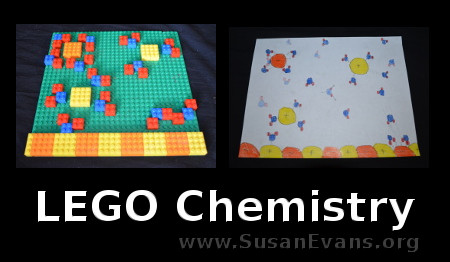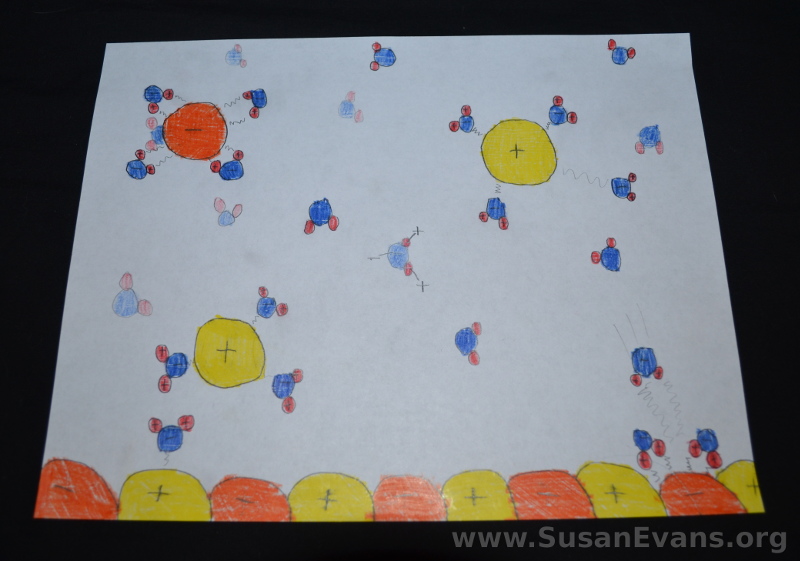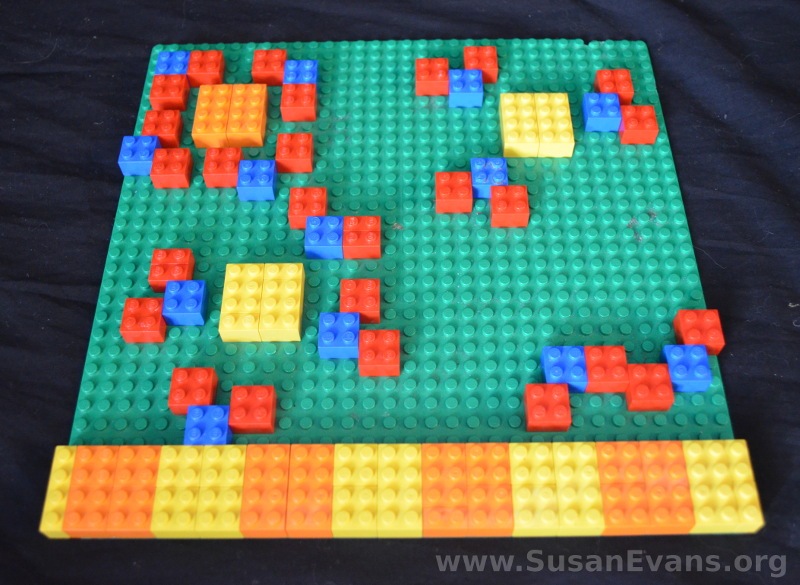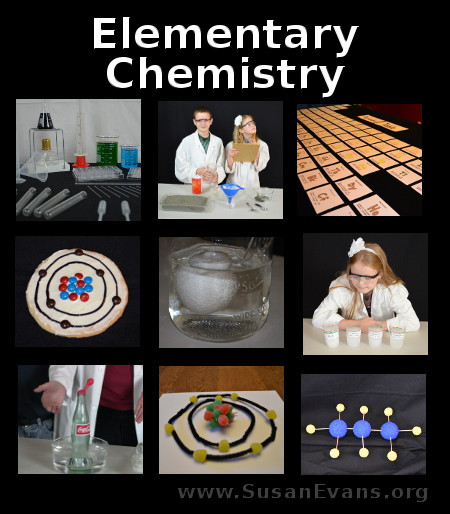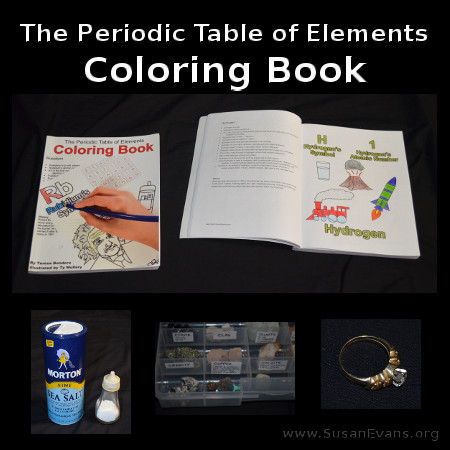
I received copies of this book for free and was compensated for an honest review. This post may contain affiliate links.
If you’ve been following my blog, you’ve noticed all the cool chemistry experiments we’ve been doing. I have been teaching my younger two kids elementary-level chemistry and my older two kids high school chemistry. I had all four of my kids color one element per day in The Periodic Table of Elements Coloring Book, and we learned a lot about each element!
This chemistry coloring book has one element per page: one side lists bullet points to help us find out about that element, and the other side is a coloring page about that element. By coloring the pictures, you cement in your mind visually what each element is all about. Even though I aced my high school chemistry class years ago, I never learned all the elements so up-close like this!
Here is a video where I explain how I used the book:
I read the bulleted list for one element each day, and it took less than five minutes. While I read the page, the kids colored the coloring page. We located each element on the Periodic Table at the front of the book, and we became familiar with each element as the days went by.
The day we studied Neon, we were driving around in the car, and my 9-year-old daughter pointed to a Neon sign and shouted, “Neon! Atomic number 10! Let’s find more Neon signs, Mom!” She would never have known that Neon was atomic number 10 if we hadn’t studied it that day. The coloring book caused my elementary-aged daughter to become familiar with elements, and she wanted to play games trying to find those elements. She screamed with joy when she recognized the first Neon sign after having colored it in her book earlier that day.

For my high school-level students, you never really get the chance to become familiar with elements like this during a chemistry course. Because my high school students had done one simple coloring page a day, they internalized the lighter and heavier elements in their minds. For example, Hydrogen is atomic #1, and it is the lightest element. When we were halfway through the coloring book, we knew that the elements that we were familiar with were the lighter elements. The unfamiliar elements were on the bottom half of the chart. Each number goes up in atomic mass (or weight), so when my high school-level students were trying to find an element on the Periodic Table, they located the elements a lot more quickly because of their familiarity with each element. Like I said, we located one element on the chart per day as we colored the elements.
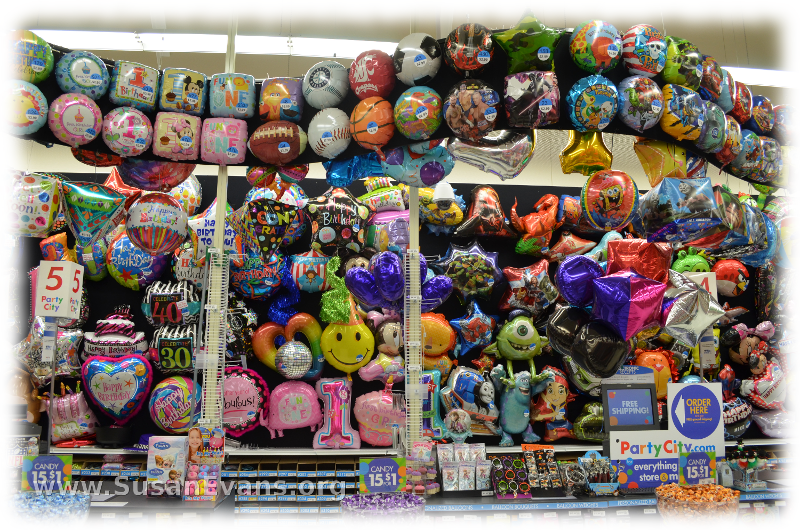
There is plenty of time during a school year to take it one element per day rather than just rushing through them. We also tried to locate those elements in real life each day when we could. For example, Sodium is present in table salt, so you can have a salt shaker in front of you as you read the Sodium page. We found some more elements in our rocks and minerals collection. When you study Helium, why not go to a party store and buy a Helium balloon to celebrate that element, which is obviously lighter than air!
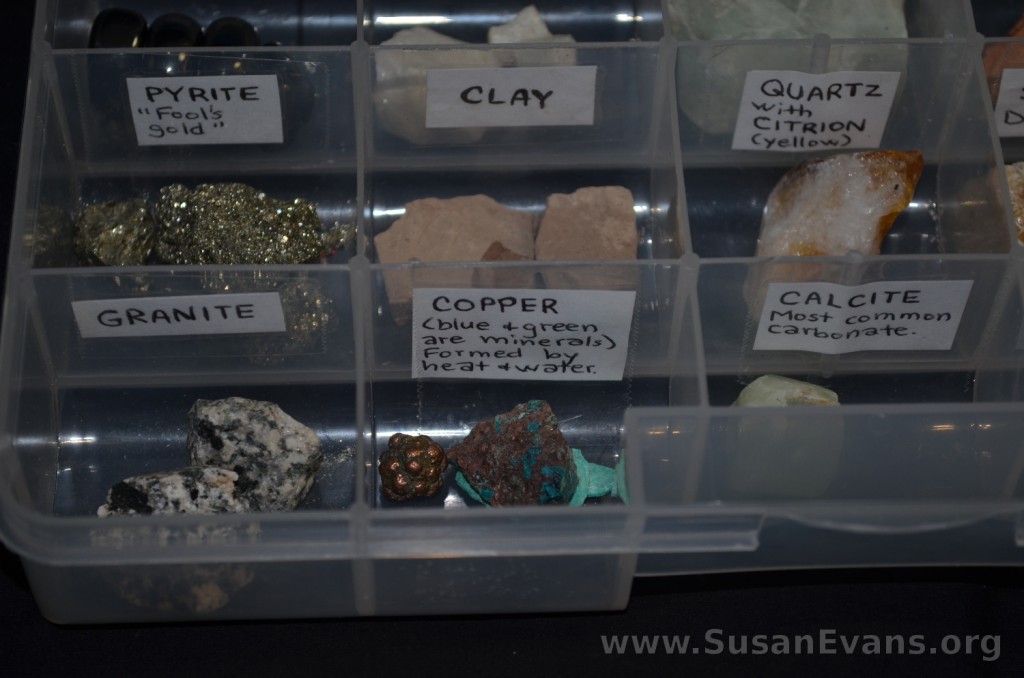
There are no drawbacks from this chemistry coloring book aside from a few typos which are common in all books and don’t detract from the great content. Also, the book only covers the first 56 elements, and elements 72-86, which are the most common elements. I’m fine with that. We LOVED the book, and I highly recommend it for all the reasons I’ve mentioned.
After going through The Periodic Table of Elements Coloring Book, whenever we watch a show that mentions any element on the Periodic Table, we know what the show is talking about. Because we are more knowledgeable about the elements, my kids are confident in their study of chemistry.
